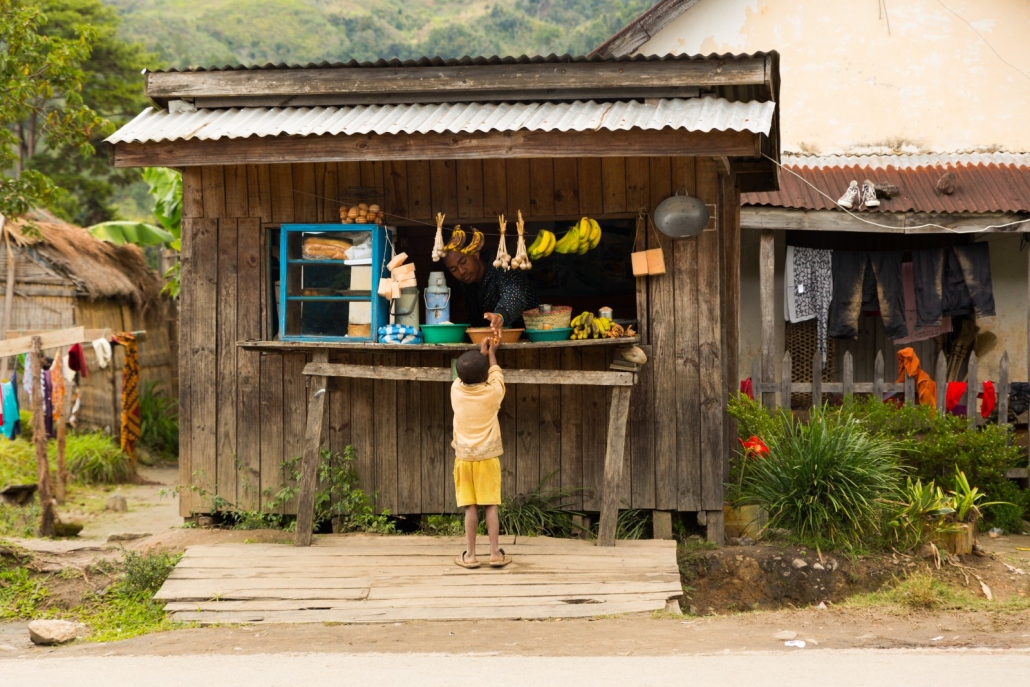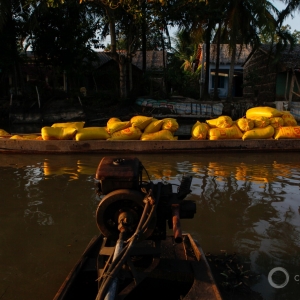Drought in Madagascar takes an enormous toll on human life.

Madagascar. Photo © Etienne / Flickr Creative Commons
- Over the past year, this parched landscape has grown even more barren in Madagascar, as the country’s worst drought in over four decades has ravaged food supplies, sweeping hunger throughout the region.
- As the situation grows increasingly dire, and resources increasingly scarce, the majority of these communities now face outright famine.
- Rain forecasts throughout the rest of 2021 are bleak, with only dry prospects.
By Christian Thorsberg, Circle of Blue –– August 16, 2021
The east African nation of Madagascar is a large, biodiverse island that spans the equivalent length of Florida to the Canadian border. Though its northern and central regions are lush with tropical weather and rainforests, the south is historically dry, comprising vast desert stretches. Over the past year, this parched landscape has grown even more barren, as the country’s worst drought in over four decades has ravaged food supplies, sweeping hunger throughout the region.
The drought’s human toll is enormous. Over one million people in southern Madagascar need food urgently. Residents have resorted to eating cacti and celebrating the arrivals of usually unwanted, though edible, locust swarms.
As the situation grows increasingly dire, and resources increasingly scarce, the majority of these communities now face outright famine. In June, the United Nations released a report predicting that the number of people living in Phase 5 “catastrophic conditions,” the most extreme level of food deprivation, will double by October.
As famines historically are caused by conflict or political issues, and socioeconomic vulnerabilities, the famine in Madagascar–one of the lowest emitters of carbon and greenhouse gasses in the world–stands out as being heavily influenced by climate change.
Most residents in southern Madagascar make their livelihoods as subsistence farmers, relying on predictable rain patterns to know when to plant their crops. But the climate has become so variable, with vast dry periods, then sudden and unpredictable monsoon events, that harvests have become impossible to reliably cultivate. Rivers, irrigation canals, and dams have dried up.
According to the World Food Program, the Global Acute Malnutrition level in Malagasy children under five years old has doubled since the spring, to 16.5 percent. In some pockets in the south, this number is one in three. The World Food Program estimates that nearly $80 million is needed to provide essential food for southern Madagascar during the next farming off-season. The 2015 Paris Climate Agreement established a $100 billion yearly budget to aid developing nations combat climate change. The last public records, from 2018, show the purse at $20 billion short.
On Monday, the Intergovernmental Panel on Climate Change released a report that urgently showed how climate change is intensifying the water cycle, making extreme droughts more likely and agricultural communities more vulnerable. Rain forecasts throughout the rest of 2021 are bleak, with only dry prospects. “In recent years we’ve seen climate calamities hitting one country after another. Before it was the horn of Africa, and now it is Madagascar,” Landry Nintereste, the Africa director for climate advocacy organization 350.org, told Time Magazine. “Tomorrow the cycle will go on, maybe in the northern part of Africa—the Sahel—or the west. And unfortunately, it is likely to continue happening because of climate change.”
Christian Thorsberg is an environmental writer from Chicago. He is passionate about climate and cultural phenomena that often appear slow or invisible, and he examines these themes in his journalism, poetry, and fiction.





